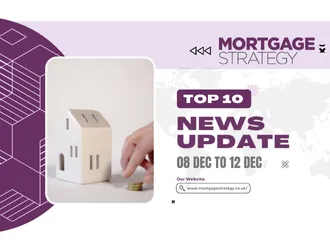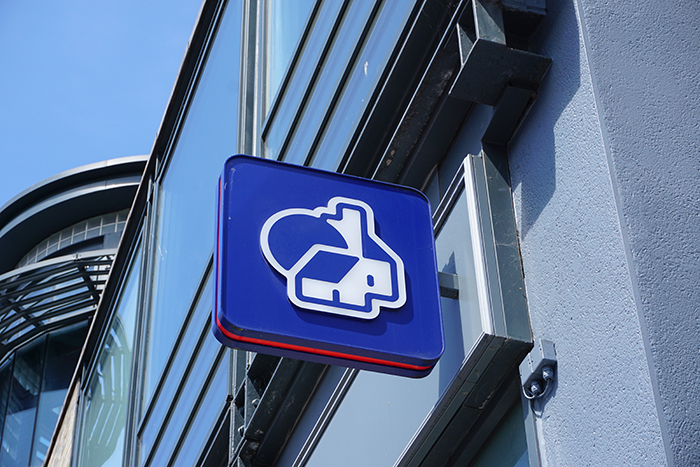
The average rate for a two-year fix fell from 2.02 per cent to 1.99 per cent this week, according to Moneyfacts.
The average rate for a five-year fix fell too, while at five- and 10-year fixes rates went up.
Two-year fixes
Average rates fell at 80 per cent LTV, from 2.17 per cent to 2.12 per cent, and at 75 per cent LTV and 60 per cent LTV, where rates fell 3 basis points apiece, from 1.98 per cent to 1.95 per cent and 1.73 per cent to 1.70 per cent, respectively.
There was some growth too, at 90 per cent LTV, from 2.30 per cent to 2.35 per cent, at 85 per cent LTV, from 2.04 per cent to 2.08 per cent, and at 95 per cent LTV, from 3.28 per cent to 3.30 per cent.
Three-year fixes
Here, the average rate at all LTVs pushed up from 2.22 per cent to 2.26 per cent.
There was an extraordinary swing at 90 per cent LTV, where average rocketed from 2.50 per cent to 2.69 per cent, and at 80 per cent LTV, where the average rate moved from 2.20 per cent to 2.27 per cent.
The only LTV category that witnessed any kind of negative movement was at 60 per cent LTV, where the rate ticked from 2.04 per cent to 2.03 per cent.
Five-year fixes
The average rate for a five-year fix dropped from 2.27 per cent to 2.23 per cent over the week.
The biggest fall was at 80 per cent LTV, where the average rate went from 2.42 per cent to 2.37 per cent.
Other drops within this category ranged from 2 basis points to 3 basis points in scope.
There were increases though – albeit exclusive to the higher end – at 90 per cent LTV and 85 per cent LTV, the average rate grew from 2.59 per cent to 2.62 per cent and 2.29 per cent to 2.32 per cent, respectively.
At 95 per cent LTV the gain was less significant – here, the average rate grew from 3.48 per cent to 3.50 per cent.
10-year fixes
Here the average rate moved only slightly, from 2.63 per cent to 2.65 per cent. However, as sometimes happens, this gentle movement pastes over some eye-popping turbulence.
For example, at 90 per cent LTV, the average rate shot up, from 3.06 per cent to 3.29 per cent. This pales in comparison to another movement, though: at 70 per cent LTV, the average rate jumped from 2.86 per cent to 3.42 per cent – a difference of 56 basis points.
Movements were otherwise minimal within this category.
Moneyfacts financial expert Eleanor Williams says: “A busy week with product and criteria changes continuing to be made. Some lenders such as Lloyds Bank and Halifax have amended their ranges and made rate reductions of up to 0.40 per cent on selected remortgage deals. Skipton BS and TSB have made product launches in the 85 per cent LTV sector.
“However, those hoping to take advantage of low rates to purchase a property or to remortgage at a high LTV may have been disappointed to see the number of products available to them fall over recent days, with lenders such as Virgin Money, Accord, Ipswich BS & Yorkshire Bank amongst others withdrawing their 90 per cent LTV products from the market.
“This is likely to be due to the high level of demand for these products being operationally overwhelming to the lenders who had brought these offerings back. In addition, it may also be linked to uncertainty surrounding property valuations which often results in providers acting with caution around higher risk lending.
“These higher LTV products are often favoured by first-time buyers, who are a vital part of keeping the housing market running. Therefore, we would hope to see lenders return these products to their ranges soon.
“The more providers who are able to do so will not only ensure greater choice is available to consumers but would hopefully also balance the level of demand.”



